The ancient city of Al-Ula, nestled in the northwestern region of Saudi Arabia, stands as a testament to the rich cultural and historical tapestry of the Arabian Peninsula. Often overshadowed by the glitz of modern Saudi cities, Al-Ula is a hidden gem that has recently begun to capture global attention. With its towering sandstone cliffs, labyrinthine alleyways, and remnants of ancient civilizations, the city offers a rare glimpse into a past that is both mysterious and awe-inspiring.
The Historical Significance of Al-Ula
Al-Ula’s history stretches back thousands of years, serving as a crossroads for trade, religion, and culture. The city was once a vital stop along the Incense Route, a network of trade paths that connected the Mediterranean world with the Arabian Peninsula and beyond. Caravans laden with frankincense, myrrh, and spices would traverse this arid landscape, leaving behind traces of their journeys in the form of inscriptions, ruins, and artifacts. The Nabataeans, the same civilization responsible for the famed city of Petra in Jordan, also left their mark here, carving elaborate tombs and dwellings into the rose-colored rock.
One of the most striking features of Al-Ula is the ancient city of Hegra, Saudi Arabia’s first UNESCO World Heritage Site. Hegra, also known as Mada’in Saleh, boasts over 100 well-preserved Nabataean tombs, some of which are adorned with intricate facades that rival those of Petra. The site’s isolation has helped preserve its integrity, offering archaeologists and visitors alike a rare opportunity to step back in time. Unlike Petra, which sees millions of tourists annually, Hegra remains relatively untouched, allowing for a more intimate and contemplative experience.
The Modern Revival of Al-Ula
In recent years, the Saudi government has embarked on an ambitious plan to transform Al-Ula into a global tourism destination. The Royal Commission for Al-Ula (RCU) has been tasked with preserving the region’s cultural heritage while developing infrastructure to accommodate visitors. This delicate balance between conservation and modernization is at the heart of Al-Ula’s revival. Luxury resorts, eco-friendly lodges, and world-class museums are being constructed alongside ancient ruins, creating a unique blend of old and new.
The Al-Ula Vision 2030 plan aims to position the city as a hub for arts, culture, and adventure tourism. The annual Winter at Tantora festival, for example, attracts artists, musicians, and performers from around the world, turning the desert into a stage for creativity. Meanwhile, the Maraya Concert Hall, a mirrored structure that reflects the surrounding landscape, has become an iconic symbol of Al-Ula’s transformation. These initiatives are part of Saudi Arabia’s broader effort to diversify its economy and reduce its reliance on oil revenues.
The Natural Wonders of Al-Ula
Beyond its historical and cultural allure, Al-Ula is home to some of the most breathtaking natural landscapes in the Middle East. The towering rock formations of Jabal Al-Fil, or Elephant Rock, are a prime example of nature’s artistry. This massive sandstone monolith, shaped by centuries of wind and erosion, resembles an elephant with its trunk touching the ground. At sunset, the rock glows in hues of orange and pink, creating a surreal and almost otherworldly atmosphere.
The Al-Ula Oasis, a lush expanse of palm groves and agricultural land, provides a stark contrast to the surrounding desert. Fed by natural springs, the oasis has sustained human life for millennia and continues to be a vital resource for the local community. Visitors can explore the oasis on foot or by bike, following winding paths that lead to hidden gardens and traditional mud-brick homes. The interplay between water and desert in Al-Ula is a reminder of the resilience of both nature and humanity in one of the harshest environments on Earth.
Challenges and Controversies
Despite its potential, Al-Ula’s transformation has not been without controversy. Critics argue that the rapid pace of development risks overshadowing the very heritage it seeks to promote. The construction of modern amenities in close proximity to ancient sites has raised concerns among preservationists, who fear that unchecked tourism could lead to irreversible damage. Additionally, the displacement of local communities to make way for new projects has sparked debates about the ethical implications of Al-Ula’s revival.
The Saudi government has sought to address these concerns by involving international experts in conservation efforts and implementing strict guidelines for development. The RCU has also emphasized the importance of community engagement, ensuring that the benefits of tourism are shared with local residents. Whether these measures will be enough to safeguard Al-Ula’s heritage remains to be seen, but the city’s story is far from over.
Al-Ula’s Place in the Global Imagination
As Al-Ula continues to evolve, it is poised to become a symbol of Saudi Arabia’s changing identity. The city’s blend of ancient history and modern ambition reflects the kingdom’s broader aspirations under Vision 2030. For travelers, Al-Ula offers a chance to witness a destination in transition—one where the past and future coexist in a delicate dance. Whether exploring the tombs of Hegra, marveling at Elephant Rock, or attending a concert under the stars, visitors to Al-Ula are sure to leave with a deeper appreciation for this extraordinary corner of the world.
In the end, Al-Ula is more than just a tourist destination; it is a living testament to the enduring power of human ingenuity and the timeless beauty of the natural world. As the city opens its doors to the world, it invites us all to become part of its unfolding story.

By Grace Cox/Apr 28, 2025
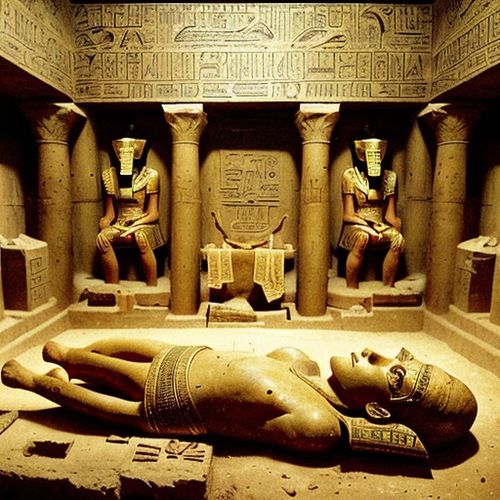
By Emma Thompson/Apr 28, 2025

By Christopher Harris/Apr 28, 2025
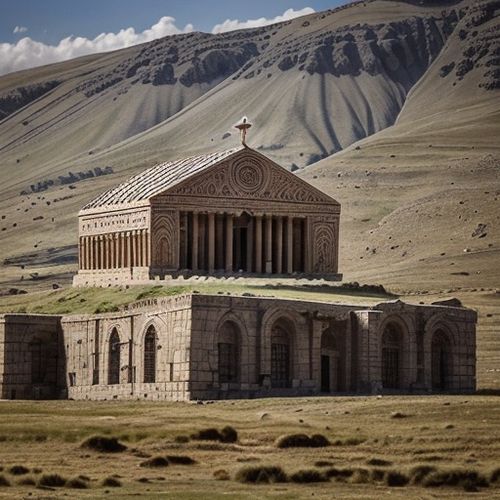
By Lily Simpson/Apr 28, 2025

By Olivia Reed/Apr 28, 2025

By Christopher Harris/Apr 28, 2025

By Amanda Phillips/Apr 28, 2025
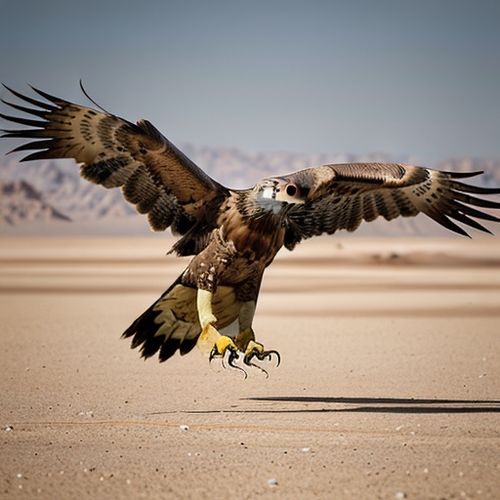
By Daniel Scott/Apr 28, 2025

By Jessica Lee/Apr 28, 2025

By James Moore/Apr 28, 2025
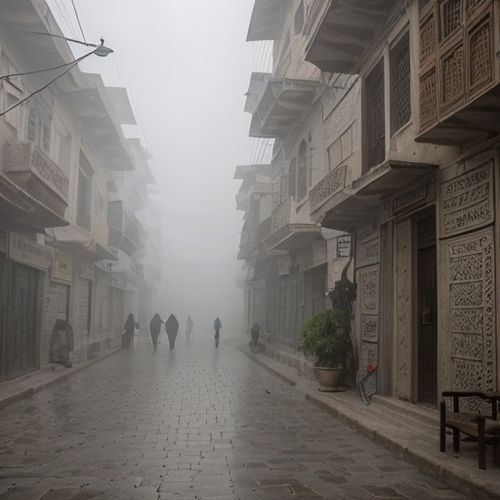
By Grace Cox/Apr 28, 2025

By Emily Johnson/Apr 28, 2025
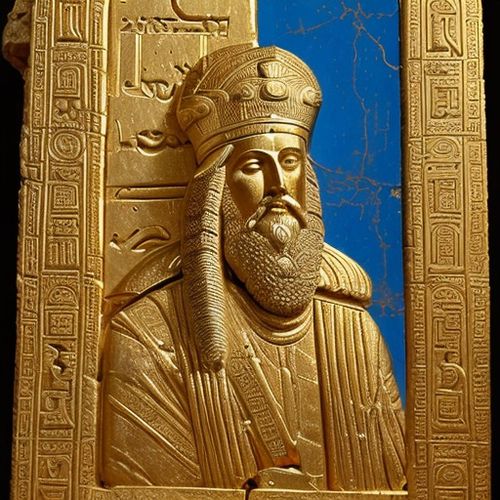
By Thomas Roberts/Apr 28, 2025
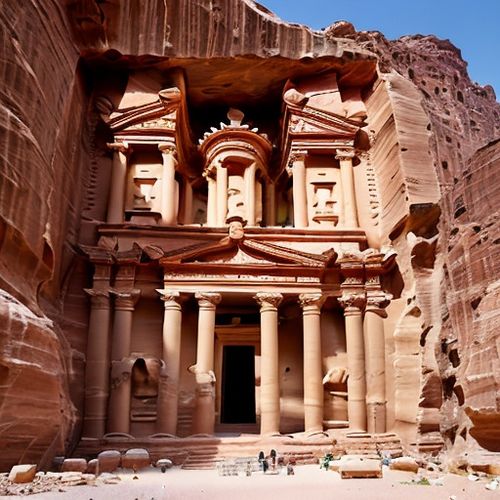
By Amanda Phillips/Apr 28, 2025

By Daniel Scott/Apr 28, 2025
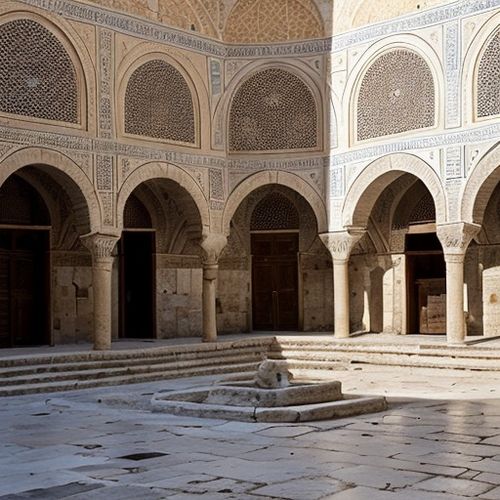
By William Miller/Apr 28, 2025
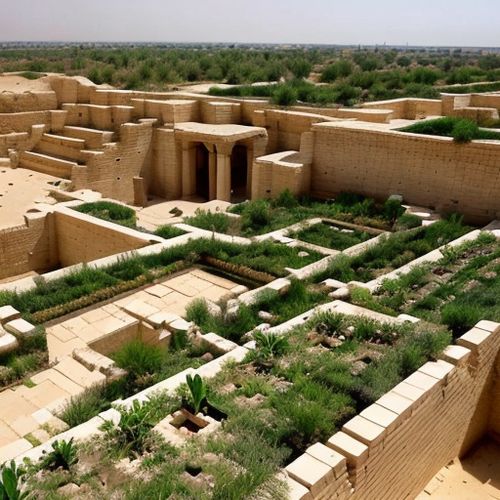
By Joshua Howard/Apr 28, 2025

By Amanda Phillips/Apr 28, 2025
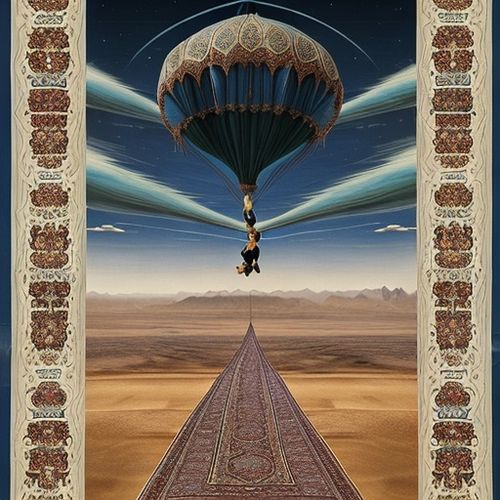
By Natalie Campbell/Apr 28, 2025
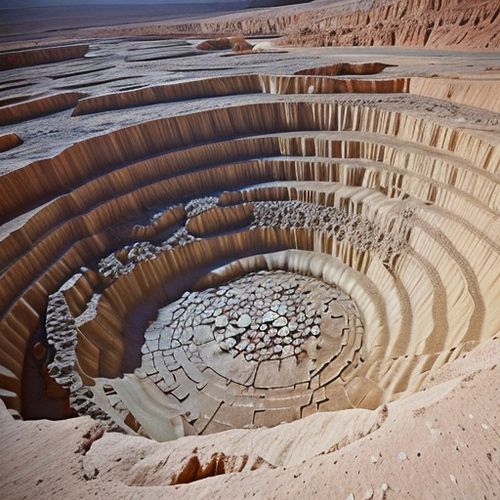
By Natalie Campbell/Apr 28, 2025